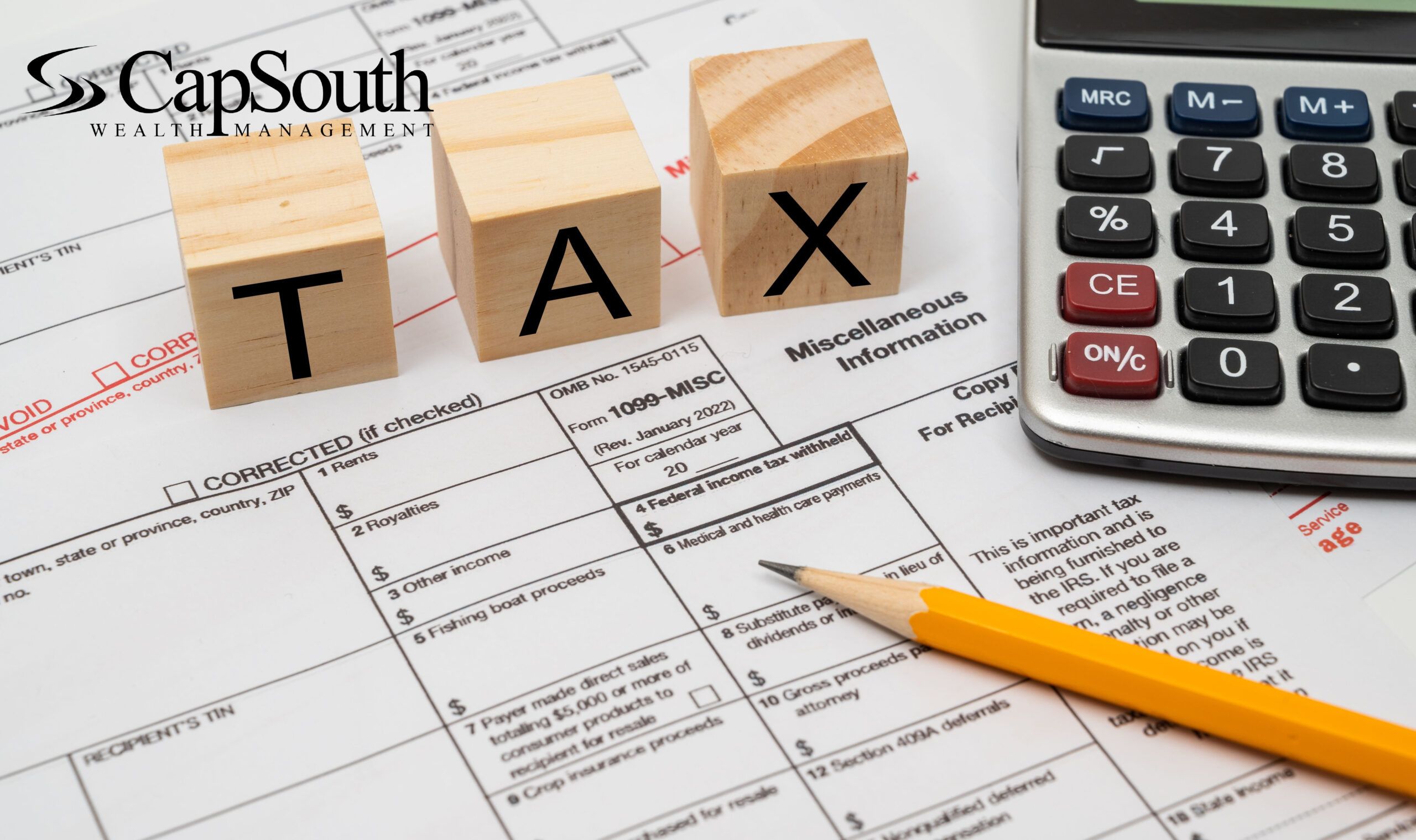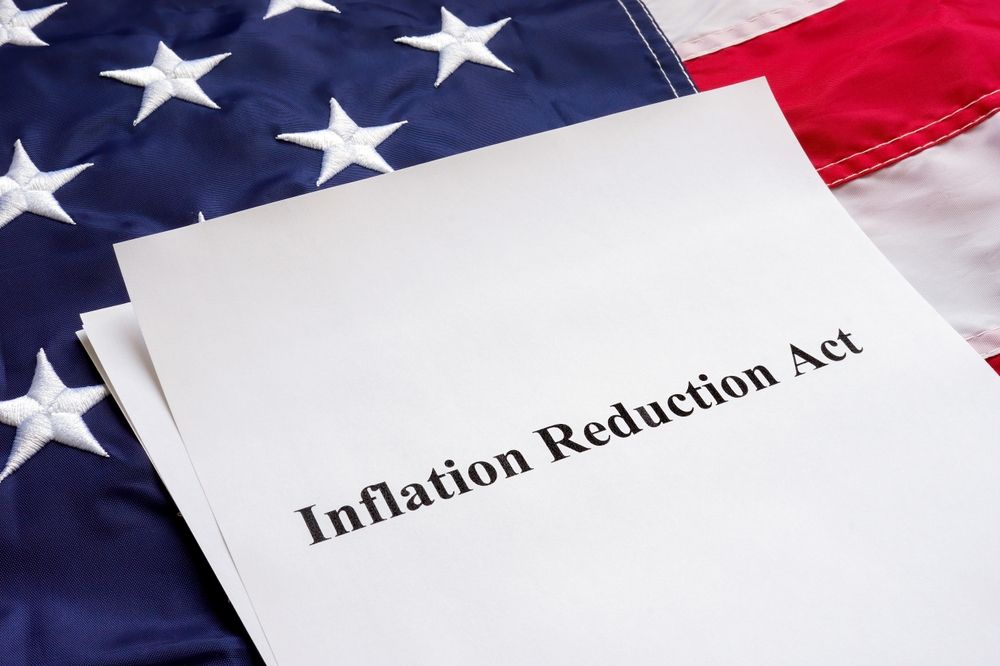Corrected 1099’s and Back Door Roth Contributions
As we find ourselves in the midst of tax season, I want to highlight crucial guidance on two areas prone to mistakes on tax returns. These errors can lead to audits, penalties, or overlooked tax advantages. My goal is to help you navigate these complexities, ensuring your 2023 tax return is both accurate and fully optimized. Understanding and addressing these common pitfalls can significantly impact your financial health and tax outcomes. Let’s explore these essential areas to ensure your tax preparation is as accurate and beneficial as possible.
Corrected 1099’s:
- Over the years, we have observed that brokerage firms, including Charles Schwab, often issue corrected 1099 forms. These 1099 forms provide you with investment income, dividends, and capital gains amounts that are crucial for accurate tax reporting. During the 2022 tax return season, Schwab issued corrected 1099s as late as March 23, 2023. This trend is not uncommon in the financial industry due to the complexity of reporting requirements and the reconciliation of year-end account statements. Therefore, you should expect that even though your account custodian issues initial 1099 forms in January, you may receive corrected forms throughout the tax filing season.
- Why This Matters for Your Tax Return Filing
- Filing your tax return before receiving corrected 1099s can lead to income discrepancies on your tax return. If you file based on the initial 1099 received and a corrected version is issued later, you may need to file an amended tax return.
- This is not only cumbersome but might also lead to additional tax preparer fees and potential issues with the IRS.
- Our Recommendations:
- To avoid the need for amended tax returns, we recommend waiting to file your return until approximately March 25th each year. This approach is in line with best practices for financial and tax planning, helping to ensure that your tax return accurately reflects all your investment income and transactions for the year. Although no one can guarantee that you will not receive corrected forms, the later you wait to file, the greater the possibility that you will not have to file an amended return.
- Your Next Steps:
- Monitor Your Mail and Email: Keep an eye out for any communications from Schwab or other financial institutions regarding your tax documents.
- Review Your Documents: Once you receive your 1099s, please review them thoroughly. If you notice any discrepancies or have questions, do not hesitate to contact us.
- Provide corrected tax documents to your tax preparer as soon as received. This will ensure the corrected 1099s are included in your tax return data.
Back Door Roth Contributions:
- Before delving into the workings of Back Door Roth Contributions, it’s crucial to discuss a common scenario I’ve observed in the tax returns of clients who’ve utilized this strategy. The process typically unfolds as follows:
- The client converts a Non-Deductible IRA contribution into a Roth IRA.
- They receive a Form 1099-R from their custodian, which indicates in Box 2a that the distribution appears taxable.
- Unfortunately, this form lacks clear indication that the distribution was a conversion from a non-deductible IRA contribution, which should not be taxable.
- The client fails to inform their tax preparer that the conversion involved a non-deductible IRA, leading to the assumption that it’s taxable.
- Consequently, this oversight necessitates filing an amended tax return to rectify the situation.
- What is a Back Roth Contribution?
- A backdoor Roth IRA contribution is a strategy used by individuals to contribute to a Roth IRA even if their income exceeds the limits set by the Internal Revenue Service (IRS) for direct Roth IRA contributions. Roth IRAs offer the potential of tax-free growth and tax-free withdrawals in retirement, making them highly attractive for retirement planning. However, there are income limits that restrict higher-income earners from contributing directly to a Roth IRA.
- Here’s how a backdoor Roth contribution works:
- a. Make a Nondeductible Contribution to a Traditional IRA: The first step involves contributing to a traditional IRA. Unlike Roth IRAs, traditional IRAs do not have income limits for contributions, but the ability to deduct these contributions on your taxes does have income limits. For the backdoor Roth strategy, the contribution is made with after-tax dollars (nondeductible).
- Convert the Traditional IRA to a Roth IRA: After making the nondeductible contribution to the traditional IRA, the individual converts the traditional IRA to a Roth IRA. This conversion is not limited by income levels. Taxes may be due on any earnings and pre-tax contributions converted, but since the original contribution was nondeductible (made with after-tax dollars), it should not be taxed again.
- Tax Implications: The key tax consideration is that if you have any other IRAs with deductible contributions (pre-tax money) and earnings, the IRS requires the use of the pro-rata rule when calculating taxes owed on the conversion. The pro-rata rule considers all IRAs to determine the taxable portion of the conversion, which could result in a higher tax liability than expected if the conversion was thought to be only of after-tax contributions.
- No Income Limits for Conversions: The IRS does not impose income limits on who can convert a traditional IRA to a Roth IRA, which is why the backdoor Roth IRA strategy is viable for high-income earners.
- This strategy can be particularly beneficial for high-income earners who are looking for ways to save for retirement in a tax-efficient manner. However, it’s essential to consider one’s overall financial situation, including existing IRA balances and their potential tax implications, before proceeding. Consulting with a financial or tax advisor, especially someone experienced with the nuances of retirement and tax planning, is advisable to navigate the complexities and ensure compliance with IRS rules.
We understand that timely filing of tax returns is important to you. However, ensuring the accuracy of the information reported to the IRS is paramount. Our goal is to assist you in navigating these complexities and to provide guidance that aligns with your financial well-being.
If you would like to further to discuss this article, please email LRobinson@capsouthpartners.com To learn more about CapSouth and how we can help, please visit our website at https://capsouthwm.com/what-we-do/
Lewis Robinson, CPA
Director of Advanced Planning
Investment advisory services are offered through CapSouth Partners, Inc, dba CapSouth Wealth Management, an independent registered Investment Advisory firm. Information provided by sources deemed to be reliable. CapSouth does not guarantee the accuracy or completeness of the information. CapSouth does not offer tax, accounting, or legal advice. Consult your tax or legal advisors for all issues that may have tax or legal consequences. This information has been prepared solely for informational purposes, is general in nature and is not intended as specific advice.



